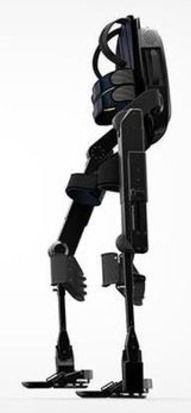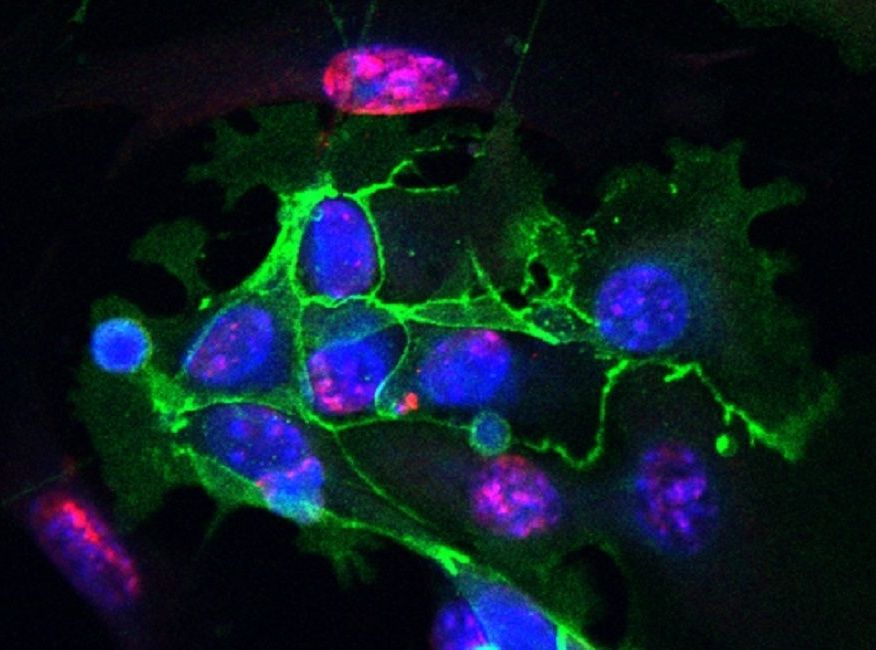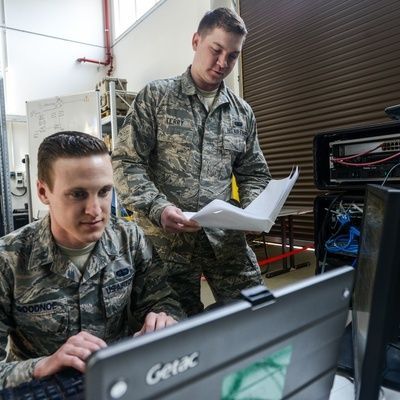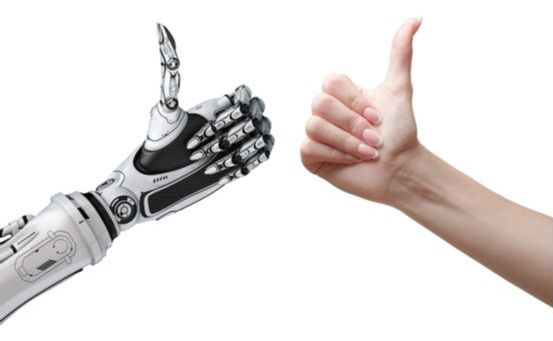Aug 8, 2017
Constructing full earth like conditions in Space with technology proven in the sixties
Posted by Klaus Baldauf in categories: government, habitats, nuclear energy, space travel
John Bucknell presented at the Starship Congress 2017 his Nuclear Thermal Turbo Rocket and applied for a single stage to orbit mission of placing a space habitat. John Bucknell worked on the SpaceX Raptor rocket as a senior engineer so he is very qualified to understand current rocket technology and rockets in general.
Nextbigfuture has noted that NASA has funded $18.8 million on advancing nuclear thermal rocket propulsion by studying low enriched uranium for the fuel. Nuclear-powered rocket concepts are not new. The United States conducted studies and significant ground tests from 1955 to 1972 to determine the viability of such systems, but ceased testing when plans for a crewed Mars mission were deferred.
The NERVA NRX (Nuclear Rocket Experimental) program started testing in September 1964. The final engine in this series was the XE, designed with flight design hardware and fired in a downward position into a low-pressure chamber to simulate a vacuum. SNPO fired NERVA NRX/XE twenty-eight times in March 1968. The series all generated 1100 MW, and many of the tests concluded only when the test-stand ran out of hydrogen propellant. NERVA NRX/XE produced the baseline 75,000 lbf (334 kN) thrust that Marshall required in Mars mission plans.
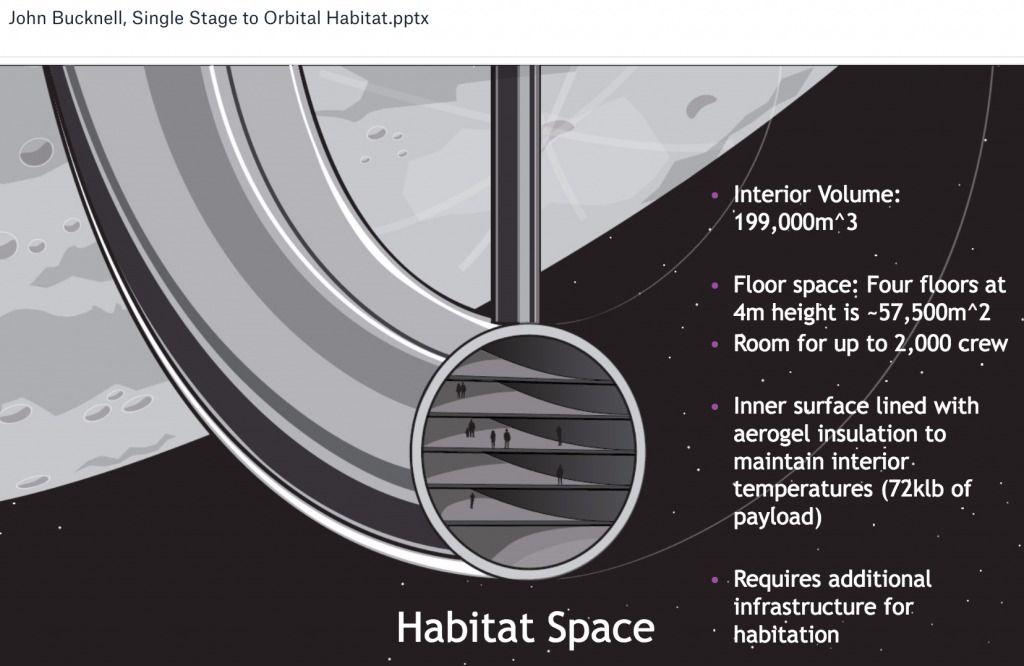



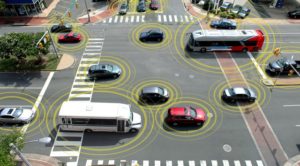 Everything has changed in the last 10 years. It is like a dream come true scenario for motorist. The roads are super clean with no honking, no speeding tickets, no angry words or smoke. Every vehicle on the road is communicating with every other vehicle and the traffic is always moving in complete synchronization.
Everything has changed in the last 10 years. It is like a dream come true scenario for motorist. The roads are super clean with no honking, no speeding tickets, no angry words or smoke. Every vehicle on the road is communicating with every other vehicle and the traffic is always moving in complete synchronization.